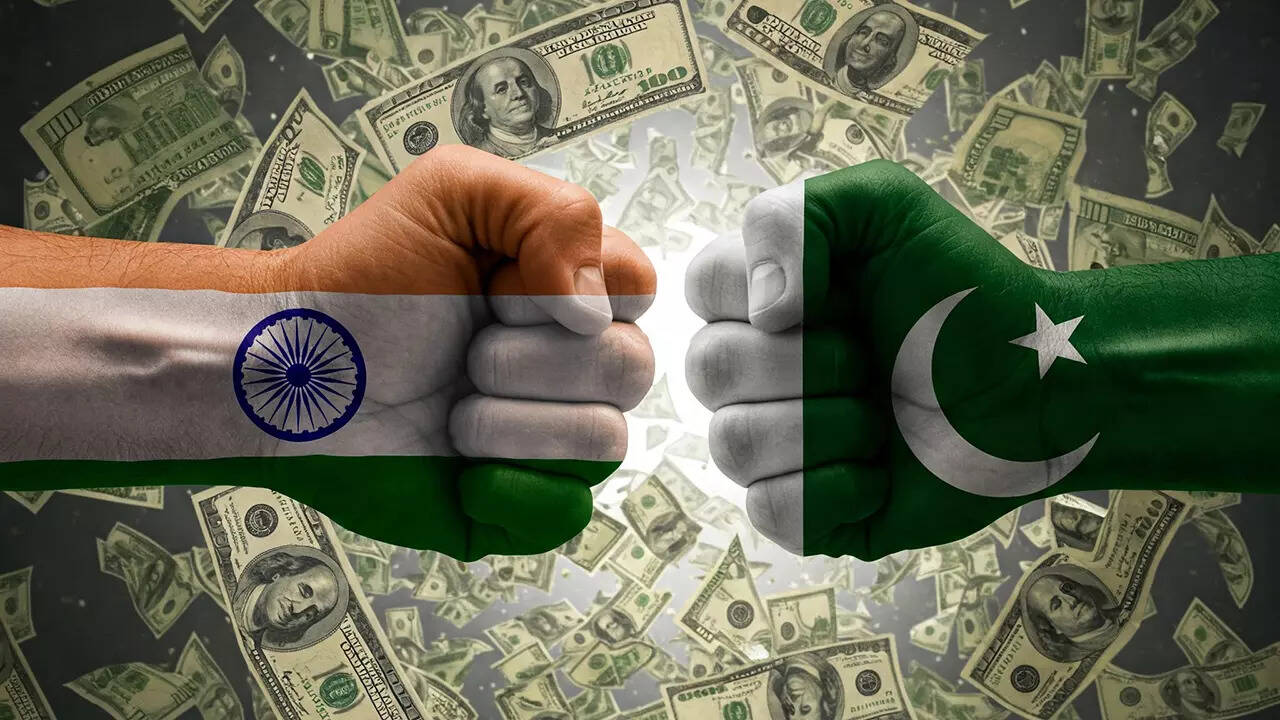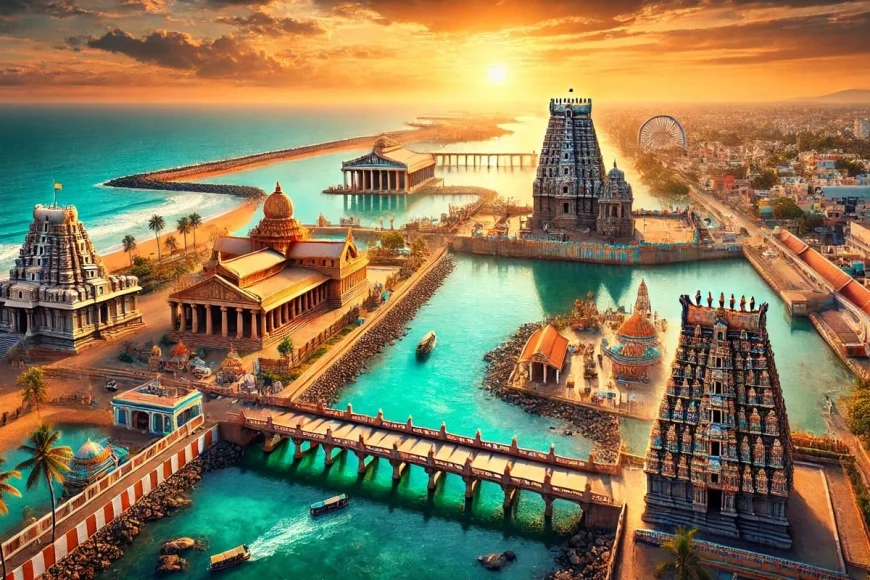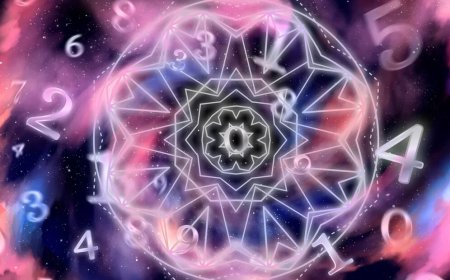Remembering the lost art of calligraphy in Kashmir from the 7th century to the late 19th century

Join our WhatsApp Community to receive travel deals, free stays, and special offers!
- Join Now -
Join our WhatsApp Community to receive travel deals, free stays, and special offers!
- Join Now -

What an extraordinary way the reed pen has of drinking darkness and pouring out light!
Calligraphy is one of the most stark and straightforward forms of artistic tenor, hence an anonymous person describes it as: “More powerful than all poetry, more pervasive than all science, more profound than all philosophy are the letters of the alphabet, twenty-six pillars of strength upon which our culture rests."
French calligrapher Claude Mediavilla in her monumental work, From Calligraphy to Abstract Painting, describes it as “the art of giving form to signs in an expressive, harmonious, and skilful manner”.
Calligraphy in Kashmir
We do not know when exactly Kashmiris began writing but the practice was possibly encouraged by the needs of Buddhist traders and missionaries. Although the Chinese pilgrim Faxan (circa 400 CE) was silent about copying books, his more illustrious follower Xuanzang (7th century) had a number of scribes at his disposal. The type of Kashmiri script his scribes used would have been similar to that seen in the inscription on the base of the Priyaruchi’s brass Buddha. A few years later the Tibetan mission arrived to adopt this script for their own language. However, no early manuscripts have survived from Kashmir or elsewhere with this early Kashmiri script or with the later Sharada script....
What's Your Reaction?
 Like
0
Like
0
 Dislike
0
Dislike
0
 Love
0
Love
0
 Funny
0
Funny
0
 Angry
0
Angry
0
 Sad
0
Sad
0
 Wow
0
Wow
0







































![Today's hottest deals - Kinsley Iron Blue Desk Pot at just Rs.49 [MRP ₹299]](https://savefree.in/uploads/images/202504/image_870x580_680c89dae6fdb.webp?#)















